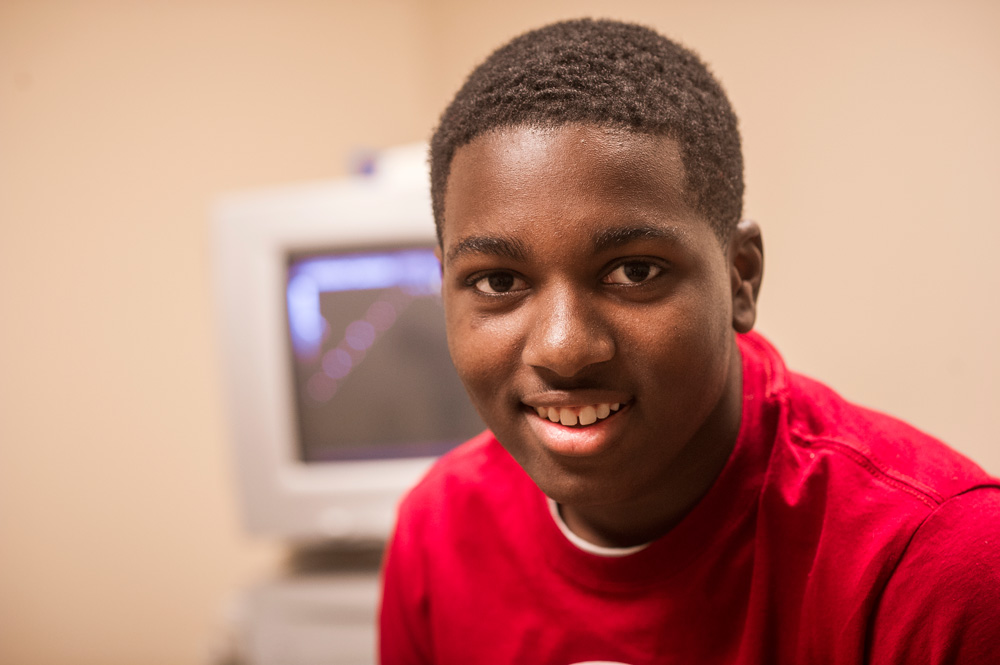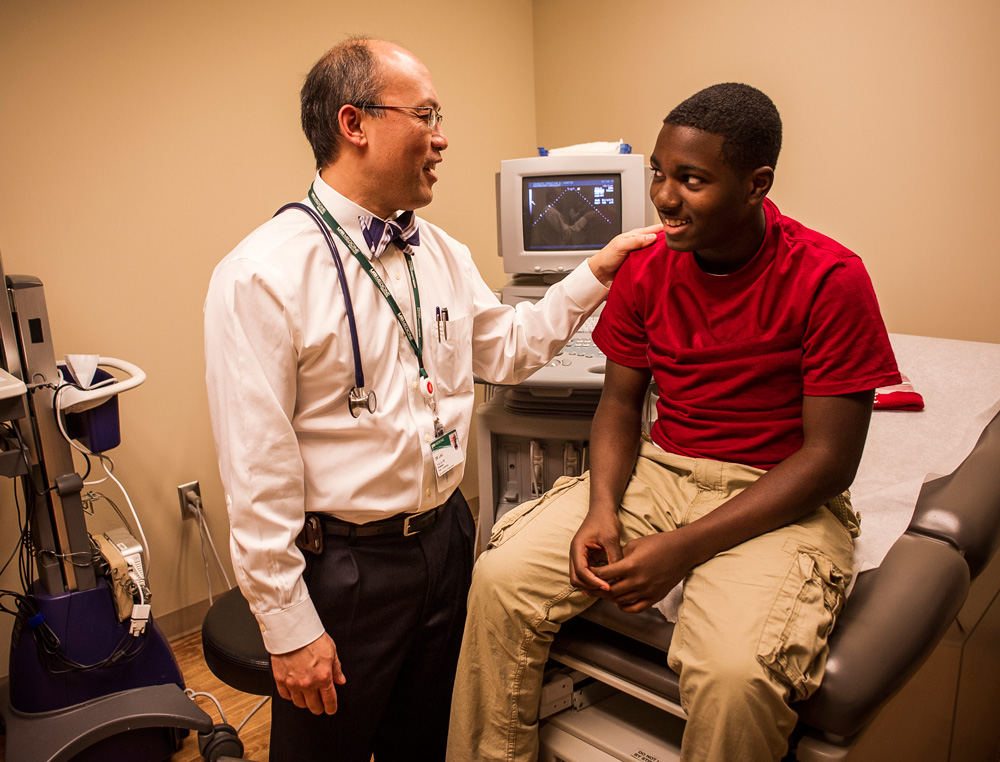 The device was successfully implanted at the University of Alabama at Birmingham Hospital Dec. 23, 2013, by Takumi Yamada, M.D., an electrophysiologist in UAB’s School of Medicine.
The device was successfully implanted at the University of Alabama at Birmingham Hospital Dec. 23, 2013, by Takumi Yamada, M.D., an electrophysiologist in UAB’s School of Medicine.Sudden cardiac arrest is an abrupt loss of heart function often resulting in death. Most episodes are caused by the rapid and/or chaotic activity of the heart known as ventricular tachycardia or ventricular fibrillation. Christian was not known to be at increased risk of sudden cardiac arrest but experienced it in December. He was taken to the emergency room at a Florida hospital and underwent resuscitation. Physicians in the emergency department thought the teenager had died, but he was revived.
Quarles was transferred to UAB Hospital, where pediatric electrophysiology cardiologist Yung Lau, M.D., determined that he needed an implantable defibrillator to provide immediate treatment.
UAB is the first hospital in Alabama to implant the Boston Scientific S-ICDSystem, which is designed to provide the same protection from sudden cardiac arrest as traditional implantable defibrillators. However, the entirety of the S-ICD System sits just below the skin without the need for thin, insulated wires — known as leads — to be placed through blood vessels into the heart itself. This leaves the heart and blood vessels untouched, providing an exciting new solution for physicians and patients.
 “The S-ICD is unique because cardiologists don’t have to pass wires into the heart to deliver treatment,” said Yung Lau, M.D., UAB pediatric electrophysiologist. “Those leads are often the weak link in defibrillator therapy. They have been known to fracture, dislodge from the heart, and experience other problems that can result in a loss of therapy or to unnecessary shocks. Lead failure can be a particularly important problem in our pediatric population.”
“The S-ICD is unique because cardiologists don’t have to pass wires into the heart to deliver treatment,” said Yung Lau, M.D., UAB pediatric electrophysiologist. “Those leads are often the weak link in defibrillator therapy. They have been known to fracture, dislodge from the heart, and experience other problems that can result in a loss of therapy or to unnecessary shocks. Lead failure can be a particularly important problem in our pediatric population.”Approximately 6,000 of these S-ICD systems have been implanted in the United States, with 5 percent of those going to pediatric patients.
“This S-ICD System’s lead runs from the device, just under the skin, to an area near the breast bone,” Yamada said. “It delivers a life-saving jolt, similar to that of an external defibrillator, if the heart goes into a dangerous rhythm.”
Christian has reported no problems with the implant and returned to school in January. His parents, Kenya and Christopher Quarles, are proud to point out that he made the A-B honor roll.
Most importantly, Christian is alive.
“What happened to Christian in December — that was the scariest moment of my life,” said Kenya Quarles, a certified nursing assistant. “I see it in the field I work in, but to go through it personally at home was rough. I’m just so thankful for the physicians and staff at UAB. They explained everything to us so well and provided Christian the best care you could imagine. His heart is pumping right, and Christian is alive. My baby is a miracle.”